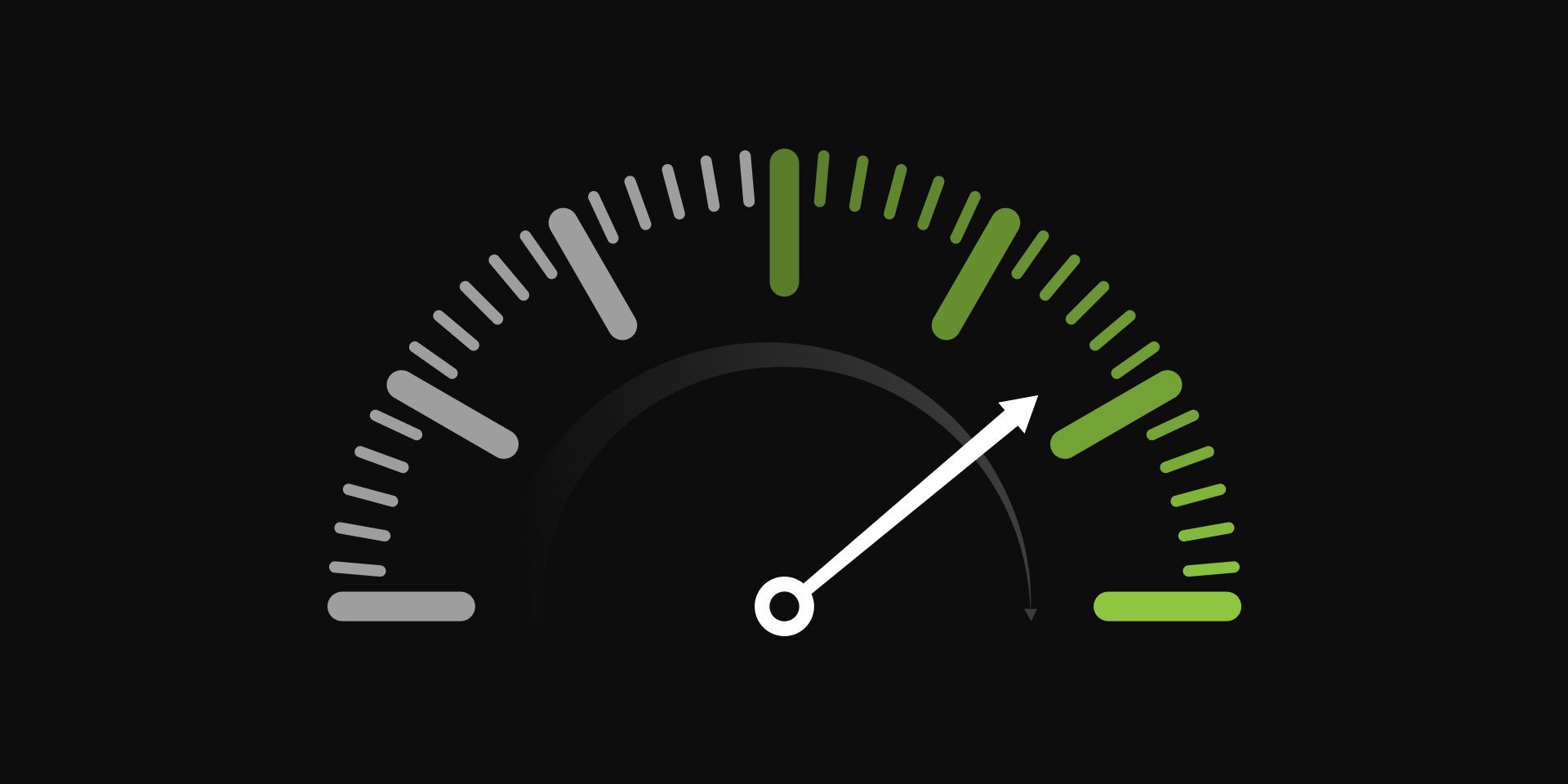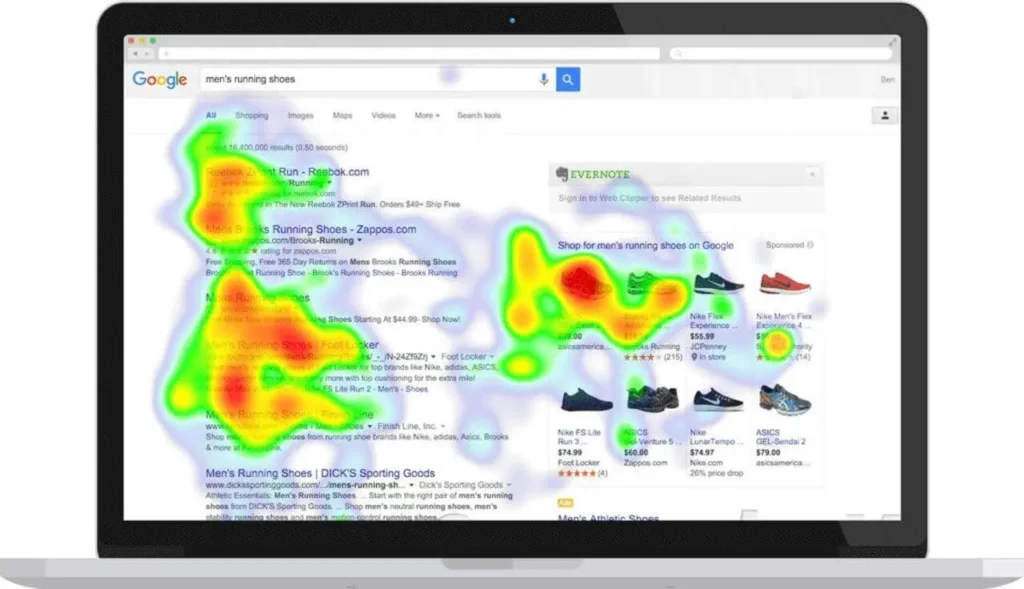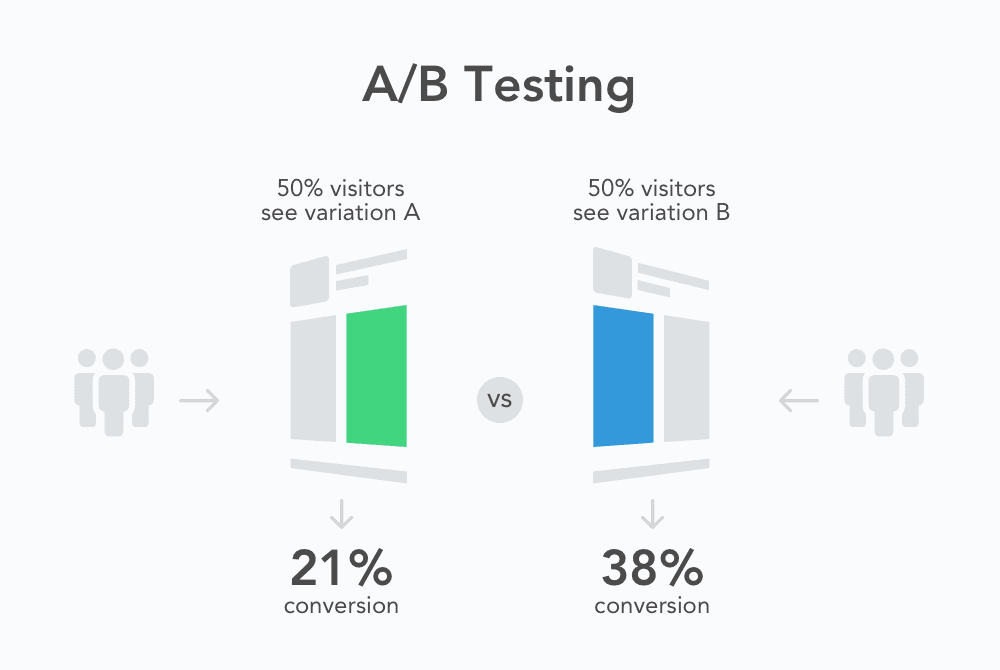In the fast-paced world of ecommerce, staying ahead of the competition requires more than just a great product—it demands strategic planning and execution. For businesses in Sydney aiming to boost their Conversion Rate Optimization (CRO), mastering roadmapping and sprint planning is essential to streamline efforts, prioritize features, and deliver measurable results. Whether you’re a startup or an established retailer, understanding how to effectively map out your goals and organize your development cycles can transform your ecommerce strategy, leading to higher conversions and greater customer satisfaction. In this blog post, we’ll explore practical tips and proven methods to help you excel in roadmapping and sprint planning, setting your Sydney-based ecommerce business on the path to CRO success.
1. Understanding the Importance of Roadmapping in Ecommerce CRO
When it comes to optimizing your ecommerce store for conversions, having a clear and strategic roadmap is essential. Roadmapping serves as the foundational blueprint that aligns your team’s efforts, sets priorities, and outlines the steps needed to improve your Conversion Rate Optimization (CRO) effectively. In the fast-paced world of ecommerce, especially in competitive markets like Sydney, a well-crafted roadmap helps you anticipate challenges, identify key opportunities, and allocate resources efficiently. It ensures that every CRO initiative—from A/B testing and user experience tweaks to personalization strategies—is purposefully timed and targeted to achieve measurable results. Ultimately, roadmapping not only streamlines your workflow but also fosters collaboration and clarity among stakeholders, paving the way for sustainable growth and increased revenue. By understanding the importance of roadmapping, ecommerce businesses can transform scattered optimization efforts into a cohesive, goal-driven process that drives long-term success.

2. Key Elements of an Effective Ecommerce Roadmap
An effective ecommerce roadmap serves as the strategic backbone for optimizing conversion rate optimization (CRO) efforts and driving sustained growth. At its core, a well-crafted roadmap clearly outlines your business goals, prioritizes initiatives based on impact and feasibility, and sets realistic timelines to keep your team aligned and accountable. Key elements include a thorough analysis of customer behavior and pain points, which helps identify critical areas for improvement such as site navigation, checkout processes, and mobile responsiveness. Additionally, incorporating data-driven insights from A/B testing and user feedback ensures that planned changes are targeted and measurable. Another crucial aspect is the integration of cross-functional collaboration, ensuring marketing, design, development, and analytics teams work cohesively towards shared objectives. By continuously revisiting and refining the roadmap based on performance metrics and emerging trends, ecommerce businesses in Sydney can stay agile and effectively boost their conversion rates, turning casual visitors into loyal customers.
3. Sprint Planning Fundamentals for Ecommerce Teams
Sprint planning is a crucial step for ecommerce teams aiming to boost Conversion Rate Optimization (CRO) and drive measurable results. At its core, sprint planning involves organizing and prioritizing tasks into manageable time-boxed periods—typically one to two weeks—allowing teams to focus on specific goals without becoming overwhelmed. For ecommerce teams in Sydney, effective sprint planning means aligning development, marketing, design, and analytics efforts toward improving user experience, streamlining checkout processes, and implementing data-driven experiments. During a sprint planning session, the team collaborates to identify high-impact CRO initiatives, estimate the effort required, and set clear, achievable objectives for the sprint. This structured approach not only enhances productivity but also ensures that every action taken directly contributes to increasing conversions and revenue. By mastering sprint planning fundamentals, ecommerce teams can maintain agility, respond quickly to customer insights, and continuously optimize their website’s performance in a competitive market.
4. Aligning Roadmaps and Sprints with CRO Goals
Aligning your roadmaps and sprint planning with your Conversion Rate Optimization (CRO) goals is essential for driving meaningful growth in your ecommerce business. By ensuring that every sprint is intentionally designed to address specific CRO objectives, teams can prioritize high-impact tasks that directly enhance user experience, streamline the purchase journey, and ultimately increase conversions. Start by clearly defining measurable CRO goals—whether it’s reducing cart abandonment, improving site speed, or optimizing product pages—and incorporate these into your product roadmap. From there, break down these goals into actionable user stories and tasks during sprint planning sessions. This focused approach ensures that development efforts are not just busy work but strategically contribute to improving key metrics. Moreover, maintaining close collaboration between marketing, UX, and development teams during both roadmap creation and sprint execution fosters alignment and agility, allowing for quick adjustments based on real-time data and user feedback. When your roadmaps and sprints are tightly aligned with CRO goals, your ecommerce site in Sydney can continuously evolve with a clear purpose, delivering enhanced customer experiences that translate into higher conversion rates and sustained business growth.

5. Tools and Techniques to Enhance Roadmapping and Sprint Planning
When it comes to mastering roadmapping and sprint planning for ecommerce Conversion Rate Optimization (CRO) success, having the right tools and techniques at your disposal can make all the difference. In Sydney’s fast-paced ecommerce landscape, leveraging efficient project management and collaboration tools ensures your team stays aligned and focused on high-impact tasks. Popular platforms like Jira, Trello, and Asana provide intuitive interfaces to create detailed roadmaps, prioritize user stories, and track progress in real-time. These tools allow you to break down complex CRO initiatives into manageable sprints, assign responsibilities, and set clear deadlines, fostering accountability and transparency across the team.
Beyond just tools, adopting agile techniques such as user story mapping and backlog grooming can significantly improve your sprint planning sessions. User story mapping helps visualize the customer journey and pinpoint areas for optimization, ensuring your CRO efforts are customer-centric and goal-driven. Regular backlog grooming sessions keep your task list relevant and prioritized, making sure the team focuses on features and fixes that will drive the most significant conversion improvements. Additionally, integrating data analytics tools like Google Analytics and Hotjar into your planning process provides valuable insights into user behavior, allowing you to make data-informed decisions when defining sprint goals. By combining these tools and techniques, your ecommerce team in Sydney can create dynamic, adaptable roadmaps and sprint plans that accelerate CRO success and deliver measurable business growth.
6. Measuring Success and Iterating for Continuous Improvement
Measuring success and iterating for continuous improvement are crucial components of mastering roadmapping and sprint planning for ecommerce Conversion Rate Optimization (CRO) success. In the fast-paced Sydney ecommerce market, it’s not enough to simply execute your plans; you must constantly evaluate their effectiveness and refine your strategies accordingly. Begin by defining clear, quantifiable Key Performance Indicators (KPIs) such as conversion rates, average order value, bounce rates, and customer engagement metrics. Use analytics tools to track these KPIs in real-time, allowing you to identify trends and pinpoint areas that require attention. After each sprint, conduct thorough reviews to assess which initiatives delivered the desired results and which fell short. This feedback loop enables your team to make data-driven decisions, prioritize high-impact tasks in subsequent roadmaps, and adapt quickly to changing customer behaviors or market conditions. Embracing this cycle of measurement and iteration not only optimizes your CRO efforts but also fosters a culture of agility and continuous learning — essential qualities for staying competitive in Sydney’s dynamic ecommerce landscape.
7. Overcoming Common Challenges in Ecommerce Roadmapping and Sprint Execution
When it comes to ecommerce roadmapping and sprint execution, teams often face a range of challenges that can hinder progress and impact conversion rate optimization (CRO) success. One of the most common obstacles is balancing long-term strategic goals with the need for quick, iterative improvements. It’s easy for teams to get caught up in immediate fixes during sprints, losing sight of the bigger picture outlined in the roadmap. Additionally, limited resources and tight deadlines can create pressure, leading to rushed planning and execution, which may result in suboptimal feature releases or overlooked optimization opportunities.
Another frequent challenge is aligning cross-functional teams, including marketing, development, design, and analytics. Without clear communication and a shared understanding of priorities, misaligned efforts can delay progress and reduce the effectiveness of CRO initiatives. Furthermore, accurately prioritizing tasks based on impact and feasibility often proves difficult, especially when data insights are incomplete or ambiguous.
To overcome these hurdles, it is crucial to establish a collaborative environment where continuous communication is encouraged and strategic objectives are regularly revisited. Leveraging data-driven decision-making helps ensure that sprint goals align with overarching ecommerce targets, while flexible roadmaps allow teams to adapt swiftly to market changes or emerging user behaviors. By addressing these common challenges head-on, Sydney-based ecommerce teams can streamline their roadmapping and sprint planning processes, ultimately driving higher conversion rates and sustained growth.
8. Case Studies: Real-World CRO Roadmapping Success in Sydney Ecommerce Brands
To truly understand the impact of strategic roadmapping and sprint planning on ecommerce conversion rate optimization (CRO), let’s explore some real-world examples from Sydney-based brands that have successfully transformed their online stores.
1. Urban Threads – Fashion Retailer
Urban Threads, a popular Sydney fashion retailer, struggled with a stagnant conversion rate despite strong traffic. By implementing a detailed CRO roadmap, they identified key friction points in their checkout process. The sprint planning sessions prioritized quick A/B tests on simplifying form fields and enhancing mobile responsiveness. Within three months, Urban Threads saw a 22% increase in completed purchases, proving how targeted sprint cycles aligned with a clear roadmap can drive meaningful results.
2. GreenGlow Organics – Natural Skincare
GreenGlow Organics used roadmapping to overhaul their product pages, focusing on increasing average order value. Their sprint planning involved iterative testing of upsell placements, trust badges, and customer reviews. Over six sprints, they optimized user experience and messaging, resulting in a 30% lift in revenue per visitor. Their success underscores the power of marrying data-driven CRO insights with structured, agile planning.
3. TechNest Gadgets – Electronics Ecommerce
TechNest Gadgets leveraged a CRO roadmap to tackle cart abandonment issues. By breaking down the process into focused sprints, they could experiment with exit-intent popups, streamlined navigation, and personalized recommendations. This structured approach helped them reduce abandonment rates by 18% within four sprints, demonstrating how disciplined roadmapping and sprint execution can effectively address complex ecommerce challenges.
These Sydney ecommerce brands showcase how mastering the art of roadmapping and sprint planning not only accelerates CRO initiatives but also creates a culture of continuous improvement. By breaking down ambitious goals into manageable, testable actions, they turned insights into impactful, measurable growth—offering valuable lessons for any ecommerce business aiming to thrive in a competitive market.

If you found this article helpful and need help with your website conversion, contact us for a FREE CRO Audit




